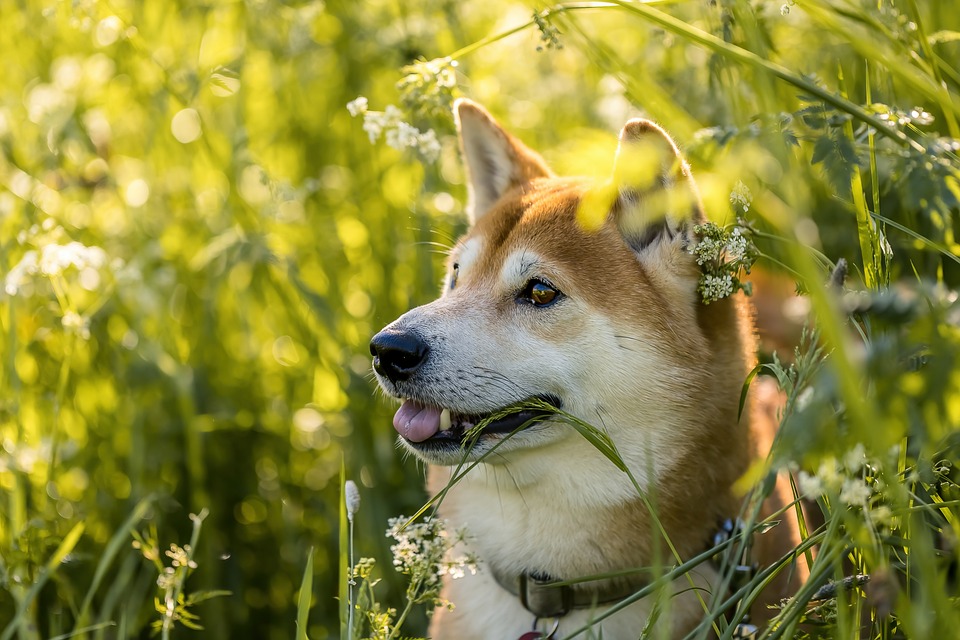**Training Sessions for a Reliable Recall in Distracting Situations**
The Importance of a Reliable Recall
A reliable recall is one of the most crucial commands you can teach your dog. It allows you to keep your furry friend safe and under control, especially in distracting and potentially dangerous situations. Whether you’re at the dog park, near a busy road, or exploring the great outdoors, having a dog that responds promptly to your recall command is essential. In this article, we will explore effective training sessions to achieve a reliable recall even in the most distracting scenarios.
Understanding the Basics
Before diving into training techniques, it’s important to establish a foundation of understanding. Recall training involves teaching your dog to come to you when called, regardless of the surrounding distractions. This command is typically reinforced with positive reinforcement techniques, making it a pleasant and rewarding experience for your dog. However, achieving a reliable recall requires patience, consistency, and practice.
Training Techniques for a Reliable Recall
1. Start in a Controlled Environment: Begin your recall training in a quiet and distraction-free area, such as your backyard or a quiet room indoors. This allows your dog to focus solely on learning the recall command without external stimuli. Gradually increase the level of distractions as your dog becomes more proficient in responding to your recall.
2. Use High-Value Rewards: Offer irresistible rewards, such as small pieces of cooked chicken, freeze-dried liver treats, or your dog’s favorite toy, to motivate your furry friend to come to you when called. By associating the recall command with highly desirable rewards, your dog will be more likely to respond eagerly, even in distracting situations.
3. Practice Short and Frequent Sessions: Consistency is key when training for a reliable recall. Aim for multiple short training sessions throughout the day rather than one lengthy session. This keeps your dog engaged and prevents boredom or burnout. As your dog progresses, gradually increase the duration of each training session.
4. Gradual Exposure to Distractions: Once your dog consistently responds to the recall command in a controlled environment, begin introducing distractions gradually. Start with mild distractions, such as toys or treats placed nearby, and then progress to more challenging distractions, like other dogs or people. Reinforce the recall command heavily during these sessions to ensure your dog’s focus remains on you.
5. Distance and Variable Reinforcement: As your dog becomes more reliable in responding to recall, gradually increase the distance between you and your furry friend. Additionally, vary the rewards given for a successful recall. Sometimes offer high-value treats, while other times praise and patting may be sufficient. This helps prevent your dog from becoming solely reward-dependent and encourages obedience in all situations.
Frequently Asked Questions (FAQs)
Q1: How long does it take to achieve a reliable recall?
A1: The time it takes to achieve a reliable recall can vary depending on your dog’s breed, age, and individual temperament. Consistent training and practice, along with positive reinforcement techniques, can lead to progress within a few weeks or months.
Q2: What if my dog ignores the recall command?
A2: If your dog ignores the recall command, avoid punishment or negative reinforcement, as it can create a negative association. Instead, reassess your training approach and consider seeking guidance from a professional dog trainer.
Q3: Can I use an e-collar for recall training?
A3: E-collars can be effective tools when used correctly, but they should only be used under the guidance of a professional trainer. It’s important to prioritize positive reinforcement techniques and ensure the well-being and comfort of your dog during training.
Q4: Is recall training suitable for all dogs?
A4: Yes, recall training is suitable for all dogs. However, some breeds may have a stronger instinct to wander or be less inclined to recall. With proper training techniques and consistency, almost all dogs can learn a reliable recall.
In conclusion, training your dog for a reliable recall in distracting situations requires patience, consistency, and positive reinforcement. By starting in a controlled environment, gradually introducing distractions, and practicing frequent training sessions, you can achieve a strong recall command. Remember to tailor your training to your dog’s individual needs and seek professional guidance if needed. With time and effort, you’ll enjoy the peace of mind that comes with having a dog that reliably returns to you, even in the most distracting situations.









